Affiliate links on Android Authority may earn us a commission. Learn more.
Meta Quest 3: Specs, price, release date, and everything else you need to know
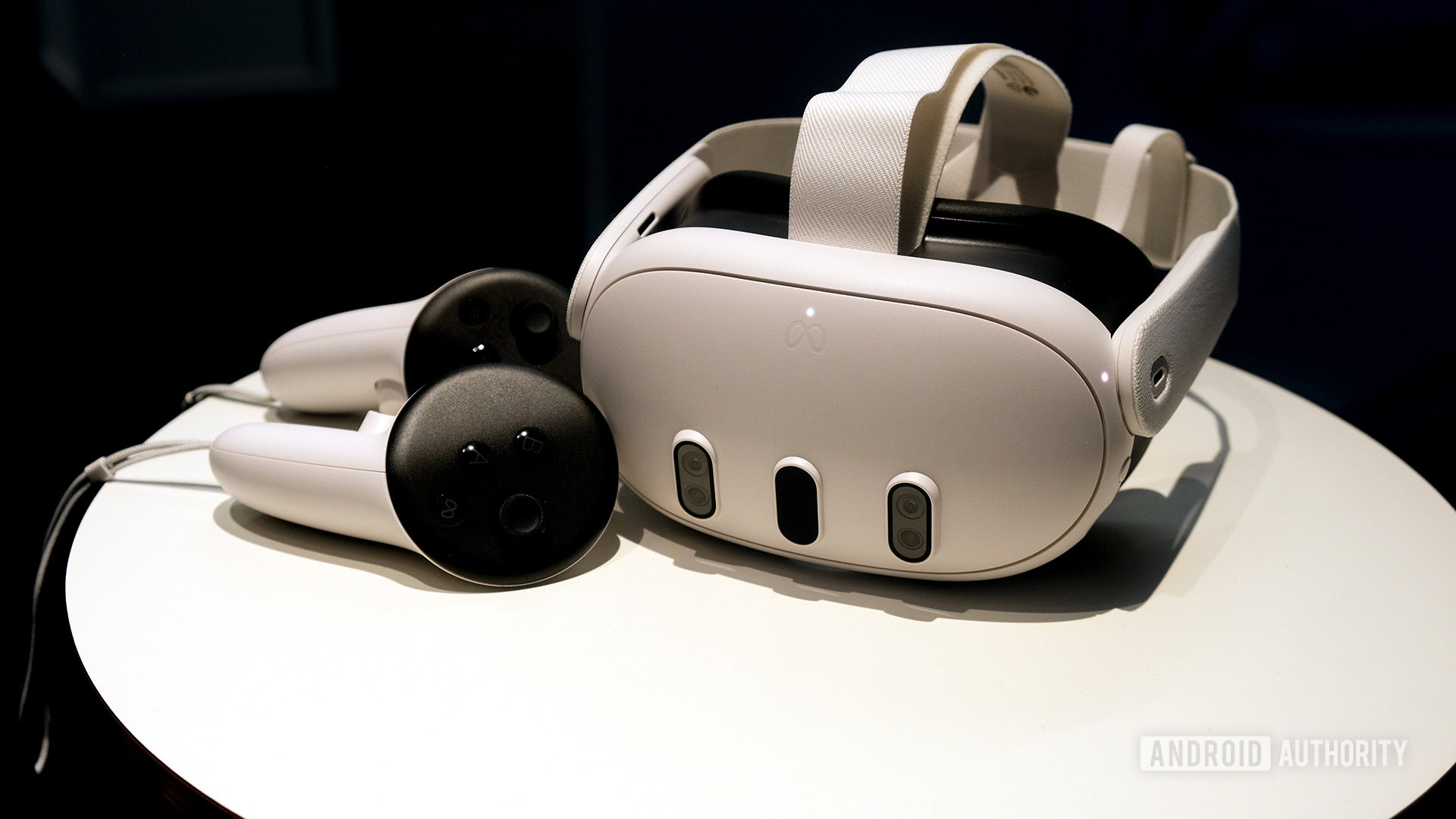
It feels like the Meta Quest 2 has been around for ages. In fact, the VR headset has been out for long enough that it even went through a mid-cycle rebrand, going from the Oculus Quest 2 to the Meta Quest 2. But now, it’s time for the headset to pass the torch and make way for its successor. Meta has now officially launched the Meta Quest 3, and here’s everything you need to know about the new VR hardware.
Meta Quest 3: Release date, price, and availability
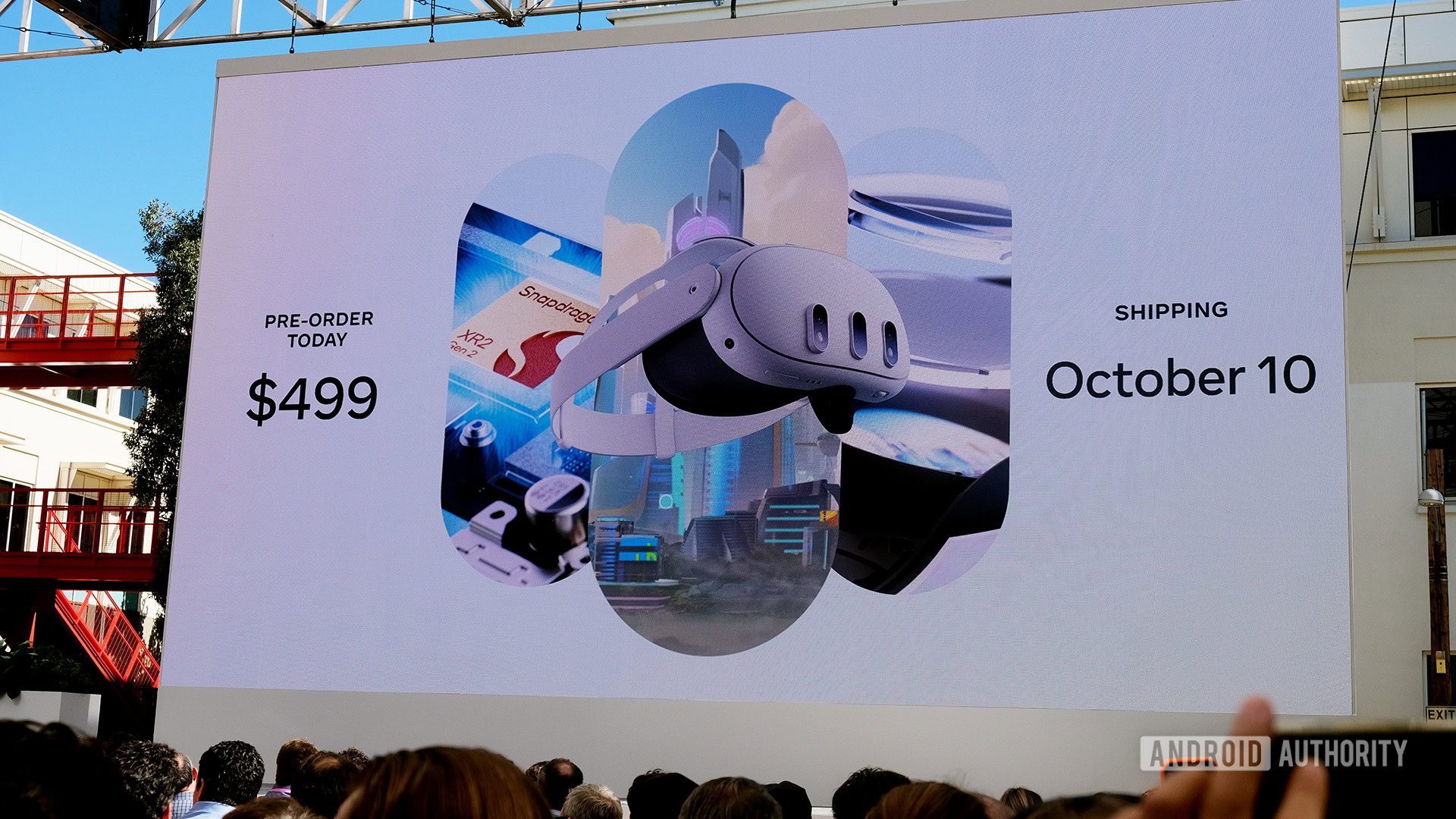
Meta announced the Meta Quest 3 on June 1, 2023, saying that more information would come on September 27, during its Meta Connect conference. Sure enough, the company gave all the details about the headset while starting pre-orders on the same day.
There are multiple storage options, with the lowest option being 128GB, which will cost $499.99. This is $200 more expensive than the Quest 2 when it launched. The more expensive 512GB option will set you back $649.99. Meta states that the Quest 3 will start shipping on October 10.
In early 2023, Mark Rabkin told The Verge that the company is developing two other headsets in addition to the one launched today. One of those devices was described as a more affordable Quest 3 variant internally known as Ventura, which is expected to launch in 2024.

Meta Quest 3: Specs
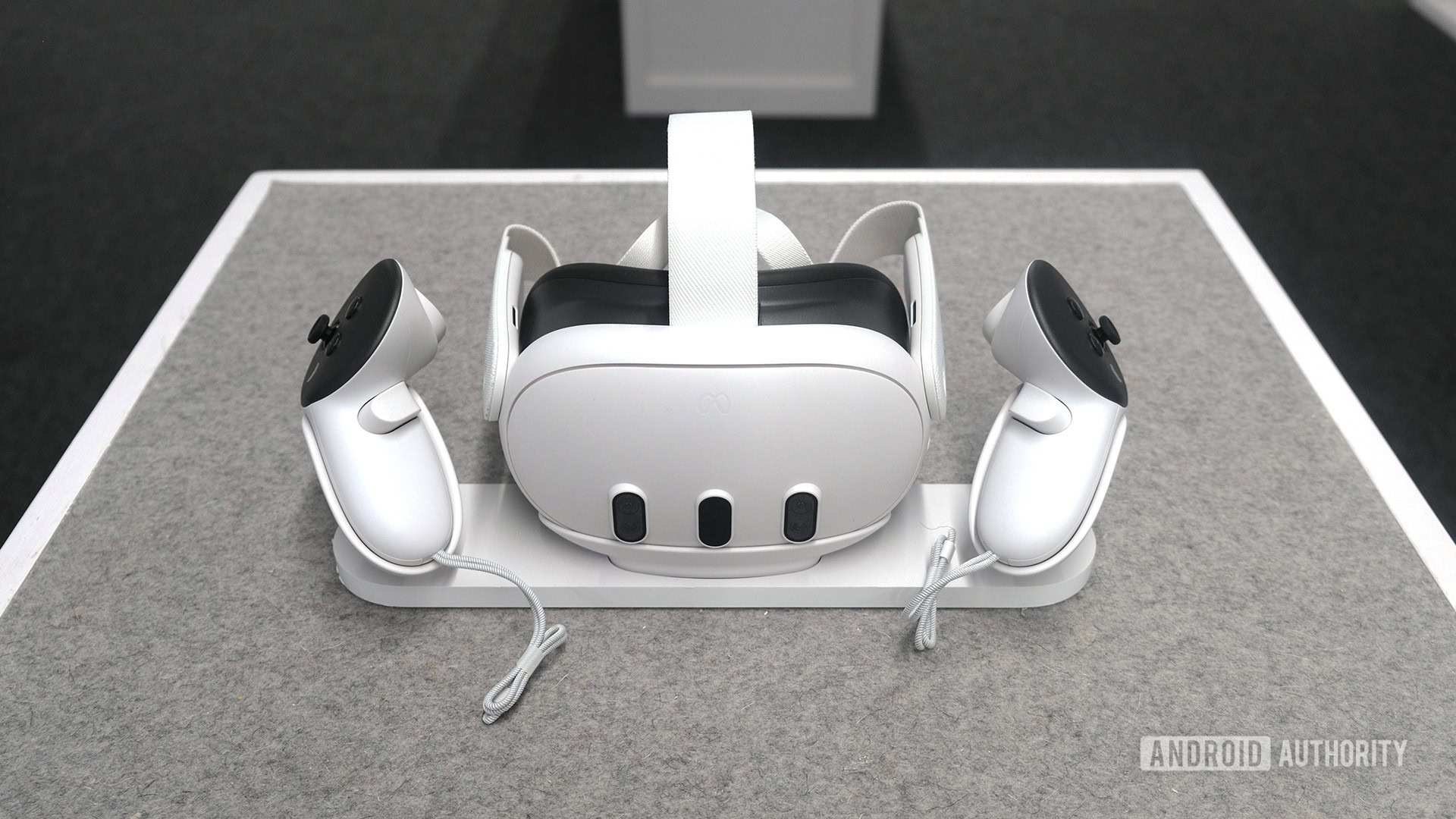
Meta describes the Quest 3 as having “our highest resolution display and pancake optics” and featuring a “next-generation Snapdragon chipset.” The optic profile is also reportedly 40% slimmer, and the controllers have TruTouch haptics.
The LCD display is what Meta calls a 4K+ Infinite Display, which features a resolution of 2064 x 2208 pixels per eye. That’s a 30% improvement over the Quest 2’s 1,920 x 1,832 pixels per eye. Meta also incorporates a pancake lens optical stack to slim down the headset. These lenses offer a 110-degree horizontal and 96-degree vertical field of view, a 15% increase over the last generation.
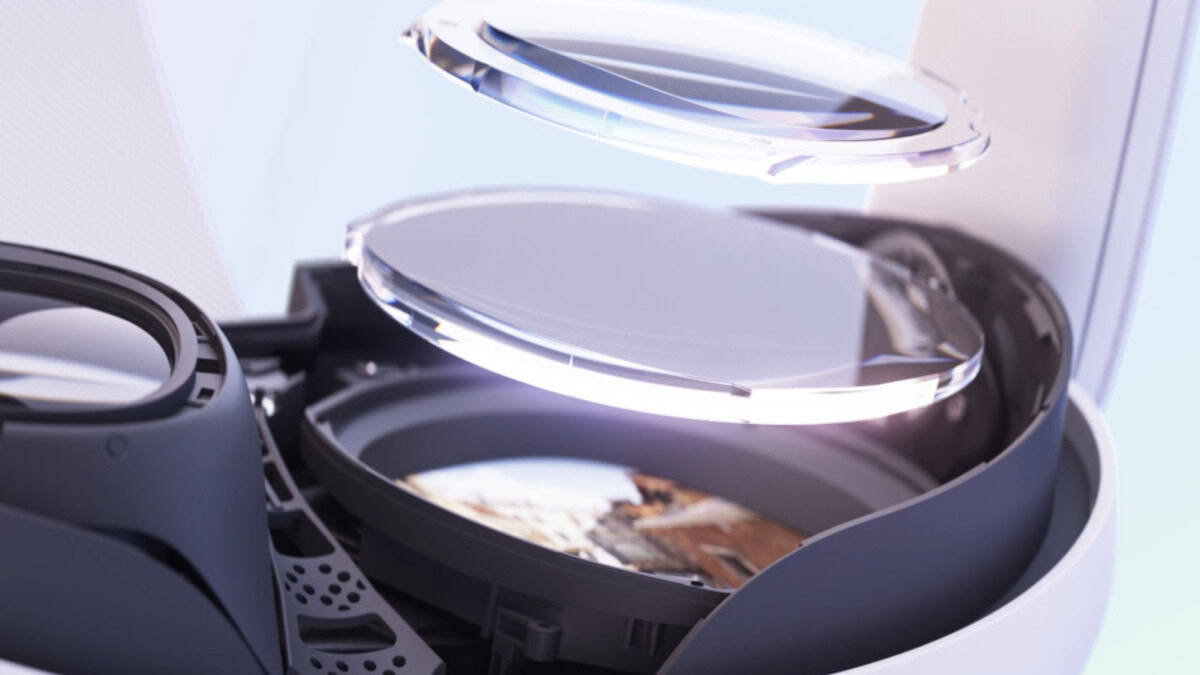
As for that Snapdragon chip, the Quest 3 has a Snapdragon XR2 Gen 2. If you’re familiar with mobile processors, this chip is essentially a variant of the Snapdragon 8 Gen 2 — Qualcomm’s 2023 flagship mobile chip running on 2023’s most powerful phones. This is the biggest improvement of all, as the Quest 2 runs on an XR2 Gen 1, the equivalent of a Snapdragon 865 chip — think of the Samsung Galaxy S20. Meta says this SoC doubles the graphic processing power of the Quest 2.
As for the controllers, the Touch Plus controllers use one AA battery each. It was also confirmed that the controllers will use the same 2.4 GHz wireless spectrum as Meta’s previous controllers.
Speaking of battery, Meta says the battery is close to the Quest 2. That means you can probably expect anywhere from 90 minutes to three hours of juice, depending on what you’re doing.
The company also improved the audio on the Quest 3. It will now feature spatial audio with enhanced sound clarity and bass performance with a 40% louder audio range than Quest 2.
Meta Quest 3: Features
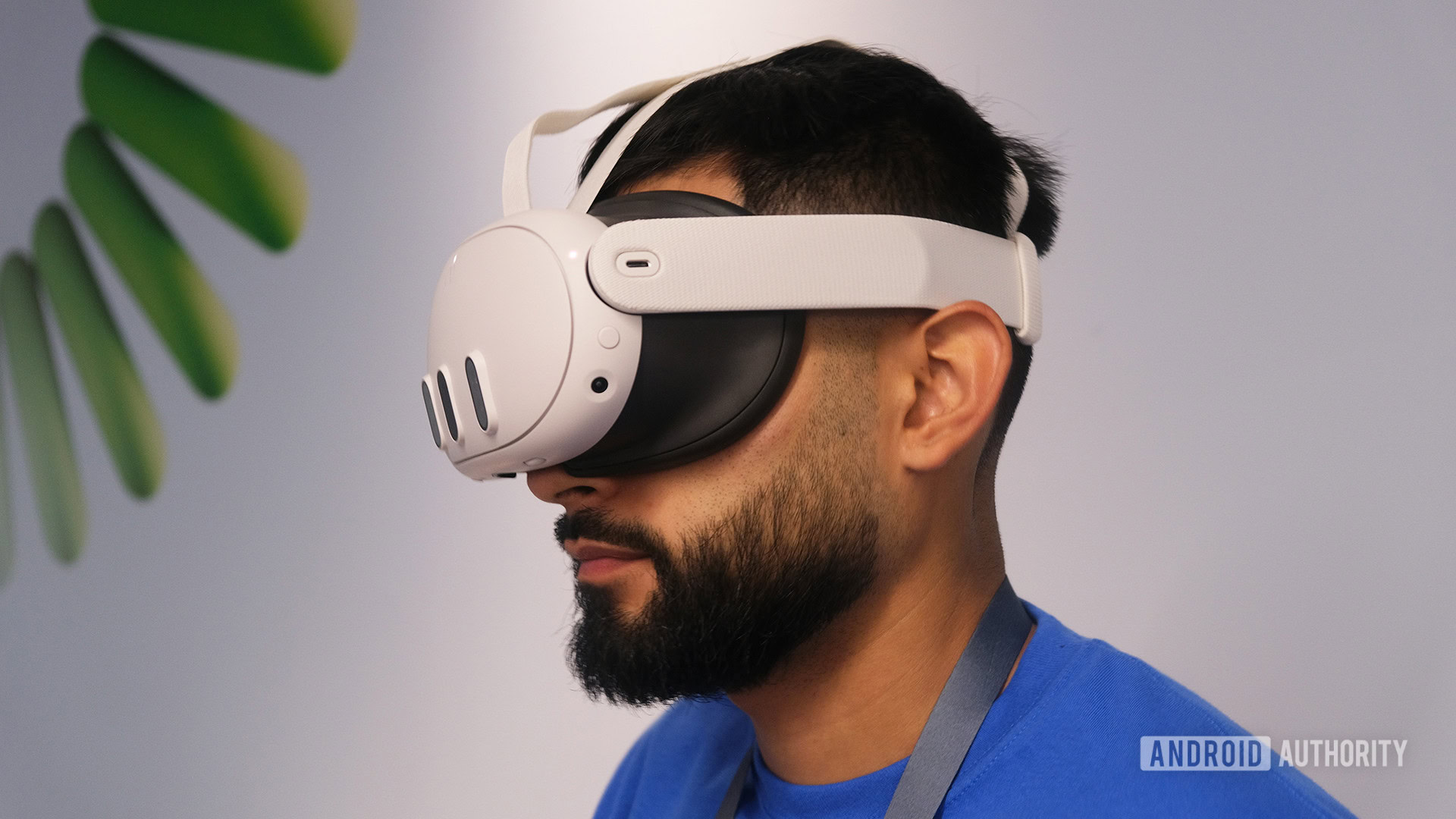
Like its predecessor, the Meta Quest 3 is an all-in-one headset. This means everything you need is inside the headset; no need for cables or to connect with a console or computer. However, it will also be a mixed-reality device like Apple’s Vision Pro. This generation of the Quest has been fitted with a number of features like hand tracking, full-color passthrough, and plenty more. We’ll break down all of these features for you, starting with the design.
Design
As expected, the packaging contains the headset and controllers. You’ll also get two AA batteries for the controllers, a charging cable, and an adapter.
From a side-by-side comparison, it’s easy to tell just how much thinner the new system is. Along with that thinness, it is noticeably lighter, which is good because weight is important for a device you wear on your face. Although it may be thinner and lighter, the Quest 3 does borrow some of the design philosophy of its predecessor.
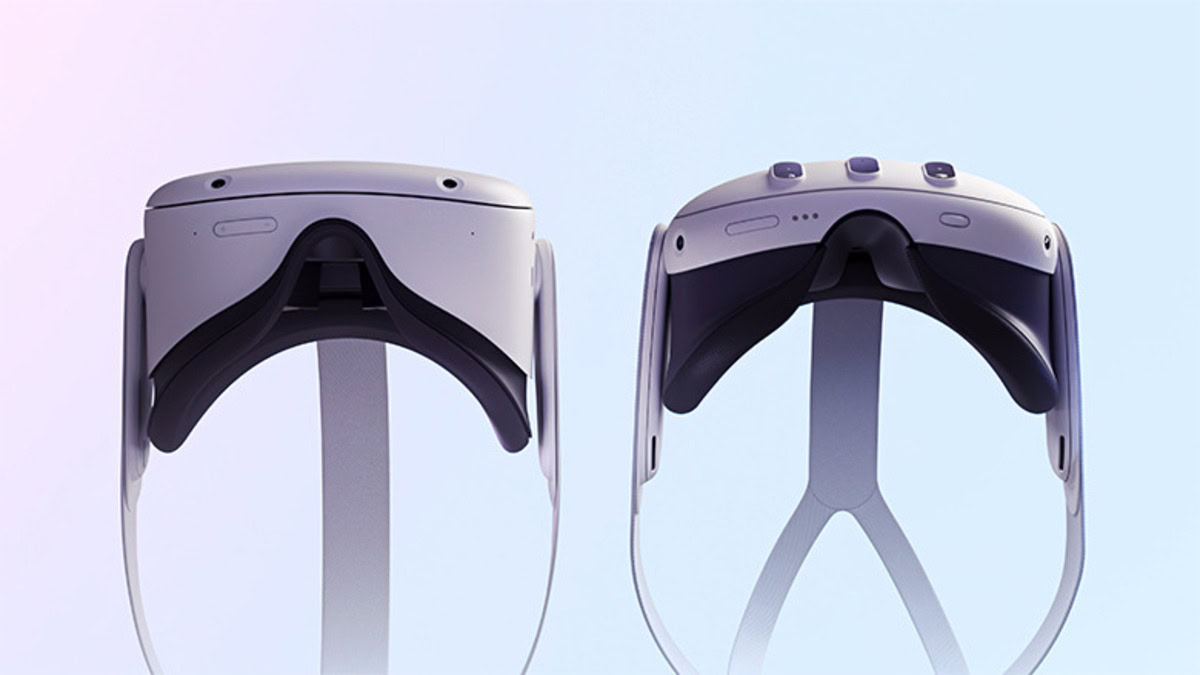
In another departure from Quest 2, the Quest 3 has a dial located at the bottom. This dial is meant to be an interpupillary distance (IPD) adjustment wheel. Additionally, the headset has a four-camera array, two side cameras for tracking, and a depth sensor.
It’s not just the headset that got an update; Meta also gave the controllers a slight redesign. The Touch Plus controllers for the Quest 3 no longer have the halo used for tracking and instead rely on in-air hand tracking. The company says advances in tracking technology allowed them to do away with the rings to make the controllers more streamlined and ergonomic. You can also use the fully self-tracked Touch Pro controllers with the headset.
Mixed Reality

If you’re wondering what the depth sensors are for, they’re meant for mixed reality. Meta’s goal was to make mixed reality “feel better, easier, more natural,” with this iteration of the hardware.
Part of that was improving the passthrough mode known as “guardian,” which allows you to see around your environment with the headset on. It previously appeared in black and white, but the mode now uses high-fidelity color, as well as machine learning and spatial understanding to let you interact with virtual and physical objects.
Guardian is also able to automatically set boundaries for you instead of you having to trace them yourself. This makes it the first mainstream headset to have a high-resolution color passthrough.
Meta demonstrated other uses for the mixed reality feature. One of those options is being able to watch live NBA games courtside. Another was being able to set “portals” anywhere in your room.
New games and apps

Meta had a library of games that were available at launch, with more that arrived shortly after. Some of the highlights included Asgard’s Wrath 2, Assassin’s Creed Nexus VR, Stranger Things VR, Silent Slayer: Vault of the Vampire, and Vampire: The Masquerade — Justice. Here are the rest of the titles that have been announced:
- Samba de Amigo
- I Expect You To Die 3: Cog in the Machine
- UNDERDOGS
- Ghostbusters: Rise of the Ghost Lord
- NFL PRO ERA update
- Racket Club
- Dungeons of Eternity
- The 7th Guest
- Arizona Sunshine 2
- Attack on Titan VR: Unbreakable
- Bulletstorm
- PowerWash Simulator VR
- We Are One
- Demeo Battles
- Onward
- Walkabout Mini Golf
- Ghost Signal: A Stellaris Game Fleet Expansion
- Death Game Hotel
- Little Cities — Sandbox Update
- No More Rainbows
Meta had 41 new apps and games available when the headset released, and many of them were from Oculus Studios. It’s also known that Meta is working with Rockstar Games to bring Grand Theft Auto: San Andreas into the fold. However, it’s important to point out that any of these games could be delayed.
Backwards compatibility

With 41 games and apps planned to launch along with the headset, the Quest 3 has some pretty good support out of the gate. It will be further bolstered by the existing library of the Quest 2. So apps like Beat Saber and Bonelab should work perfectly fine with the Quest 3. Meta points out that the Quest 2’s library contains over 500 games, apps, and experiences, so you shouldn’t have a hard time finding something to do.
Meta Quest 3: Where can you buy it?
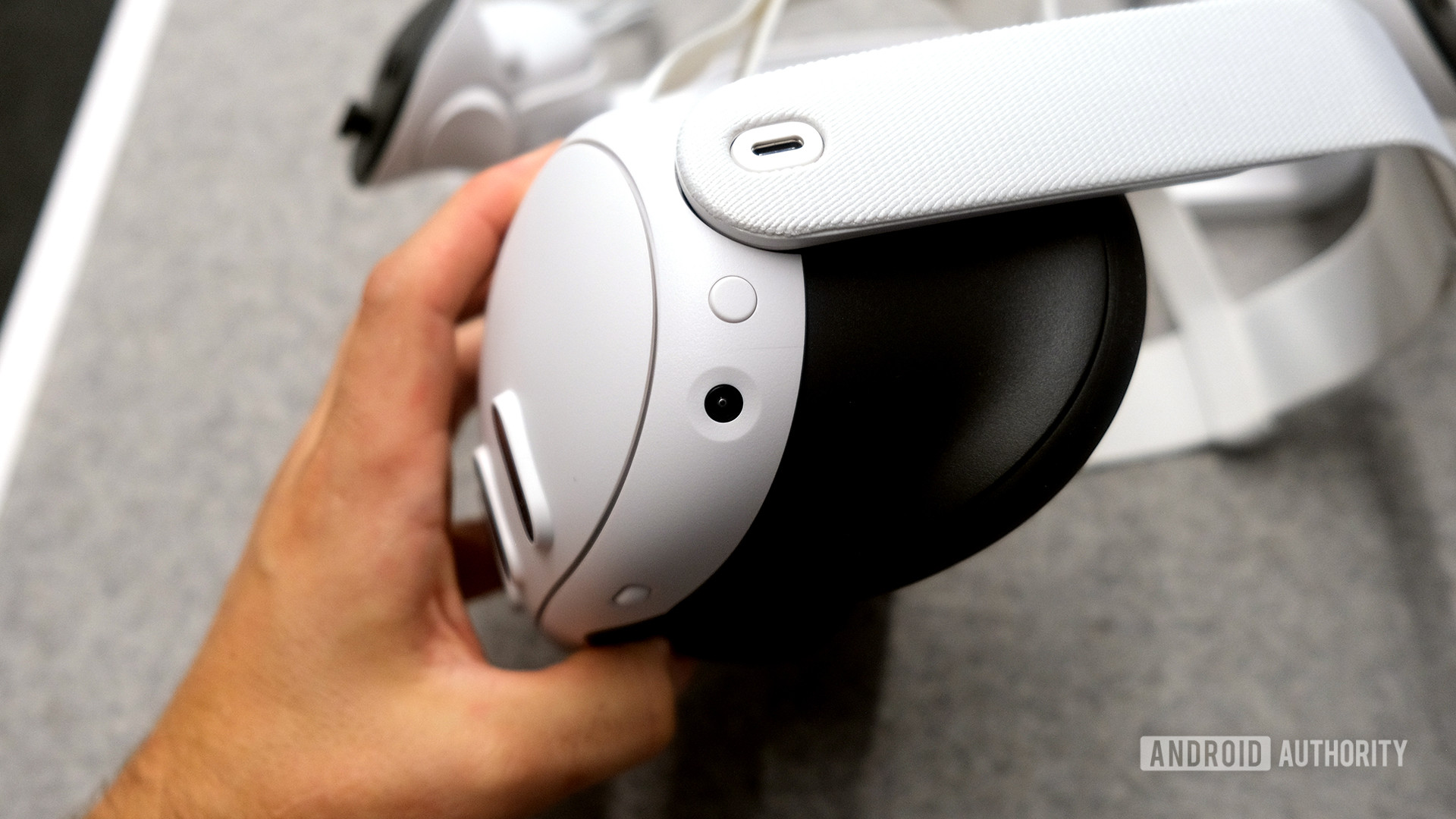
If you’re looking to make an upgrade, you can order the device right now. You can purchase a headset on Meta’s store page or from Best Buy.
The Meta Quest 3 is available in every market Meta Quest 2 is currently supported. This list consists of 23 countries, including Australia, Austria, Belgium, Canada, Denmark, Finland, France, Germany, Iceland, Ireland, Italy, Japan, the Netherlands, New Zealand, Norway, Poland, South Korea, Spain, Sweden, Switzerland, Taiwan, the United Kingdom, and the United States.

Meta Quest 3: FAQ
Yes. There is a 128GB version and 512GB version of the Meta Quest 3.
Meta claims the Quest 3 offers twice the graphical performance as the Quest 2.
Yes. Meta has slashed the price of the 128GB model back down to $299, which was its original price at launch. The 256GB SKU has been reduced to $349.